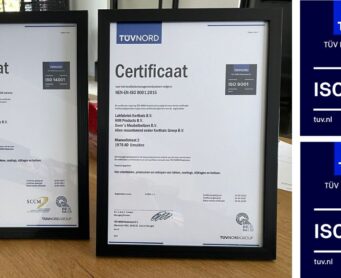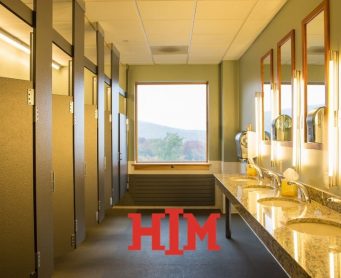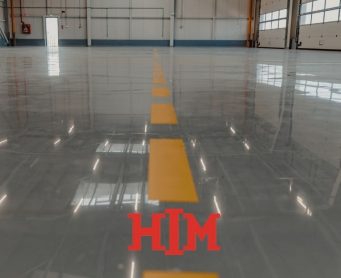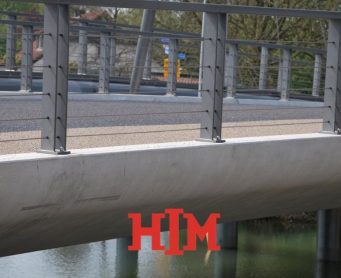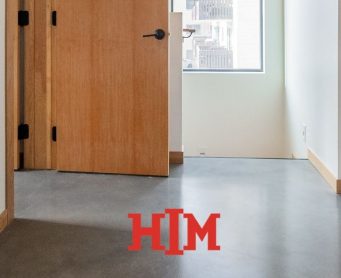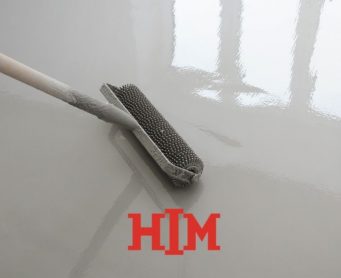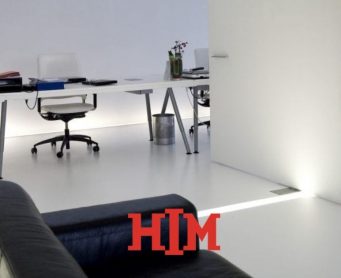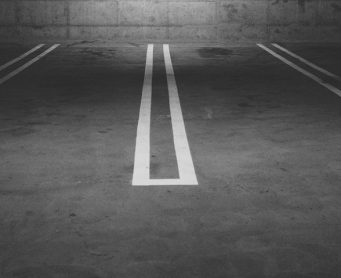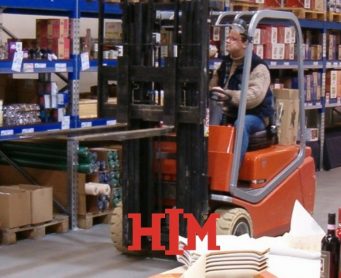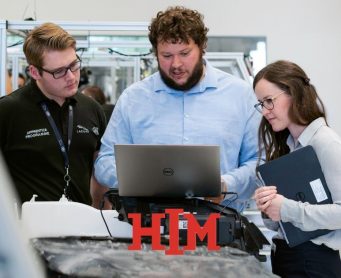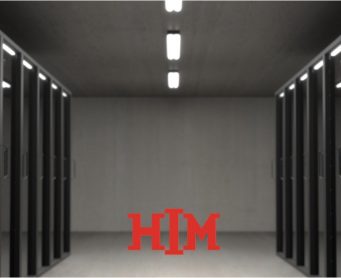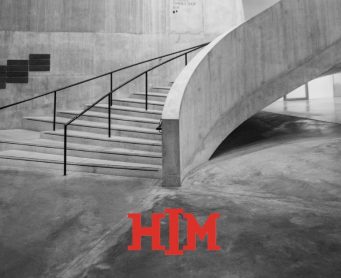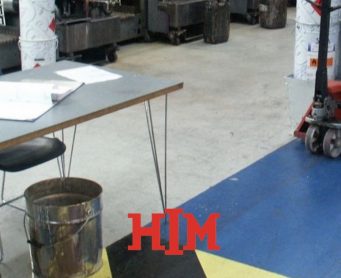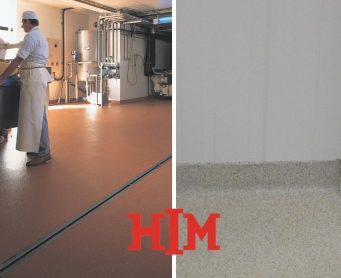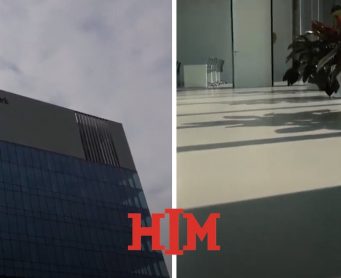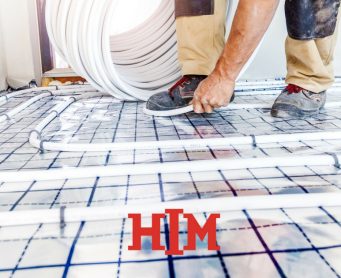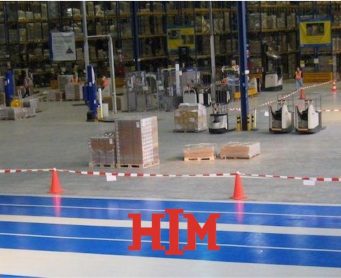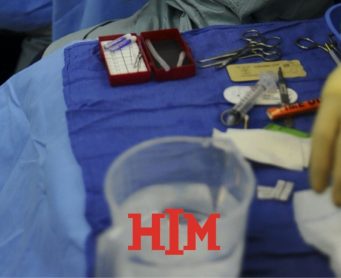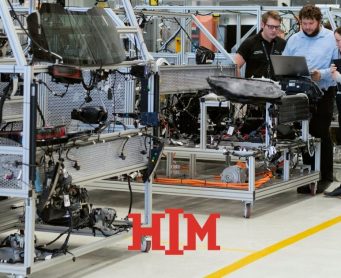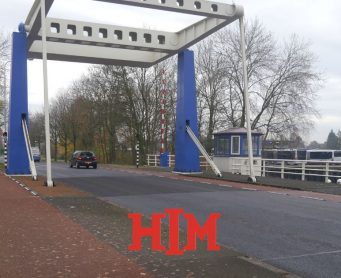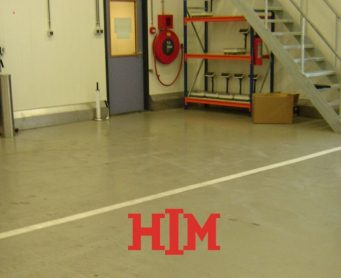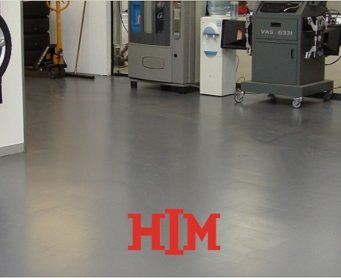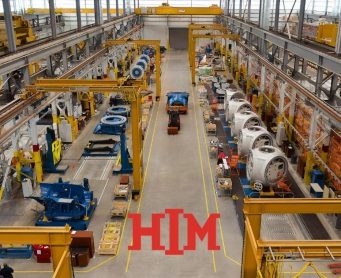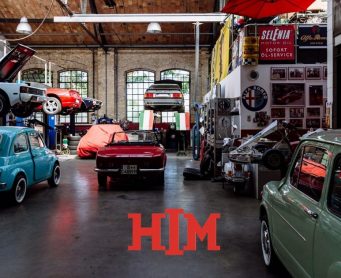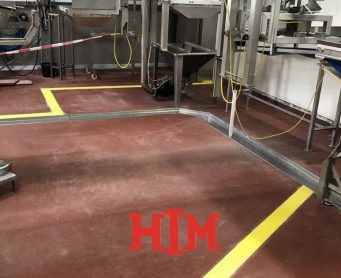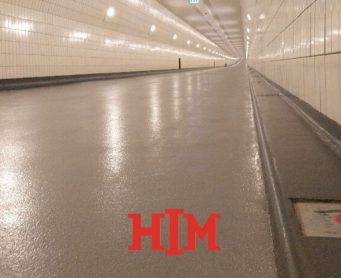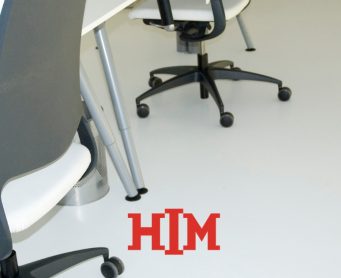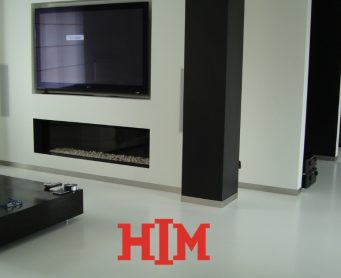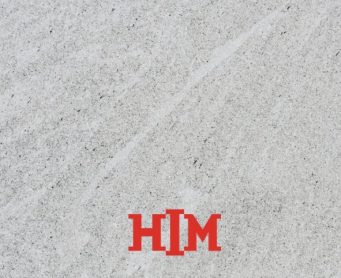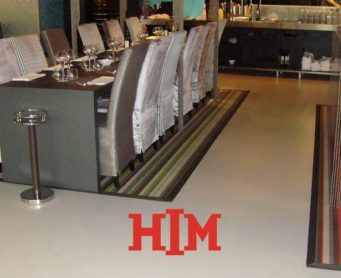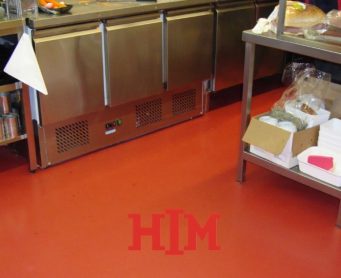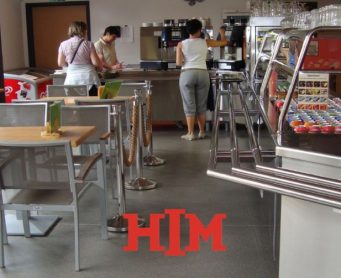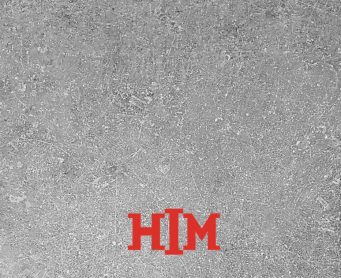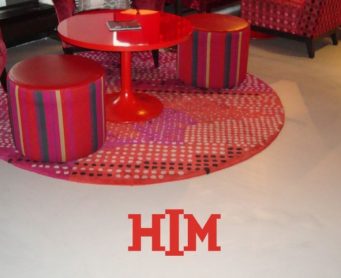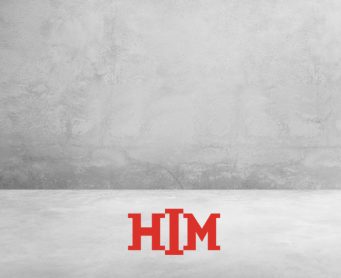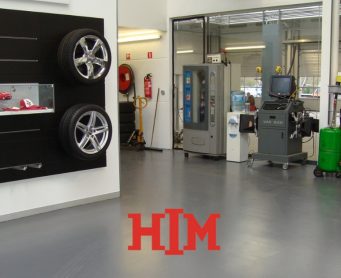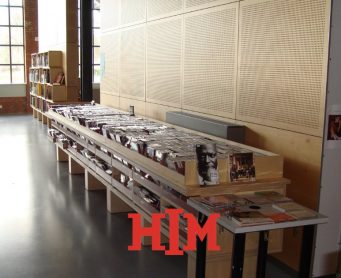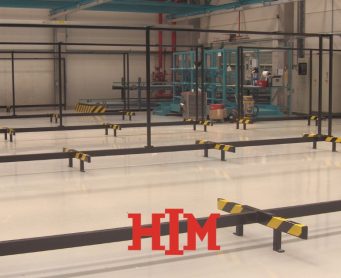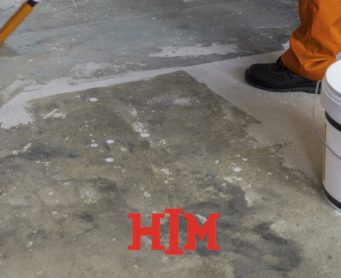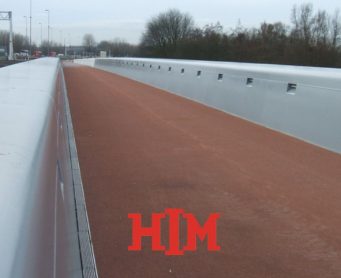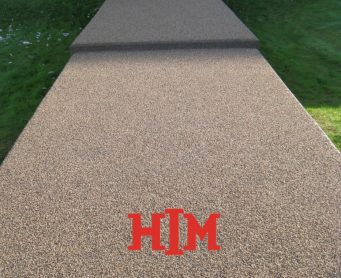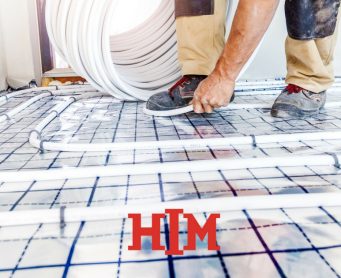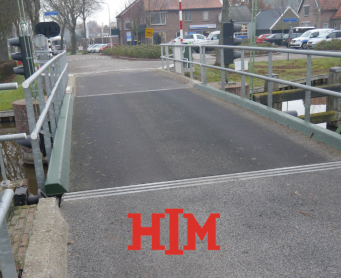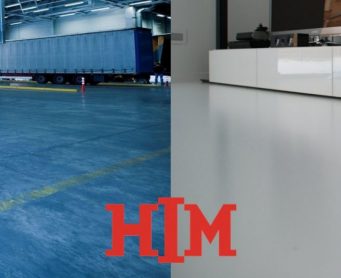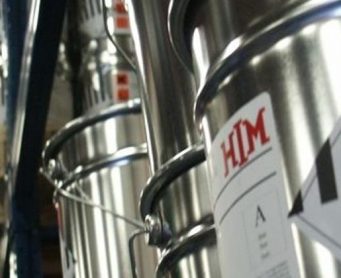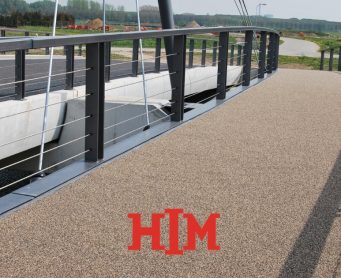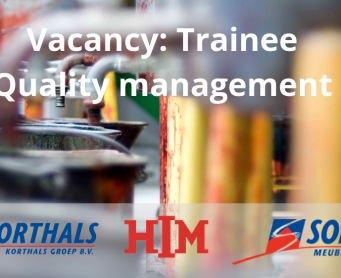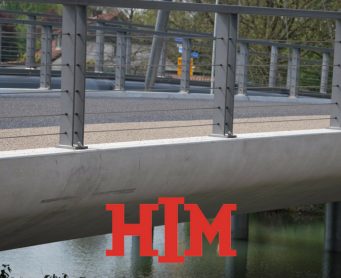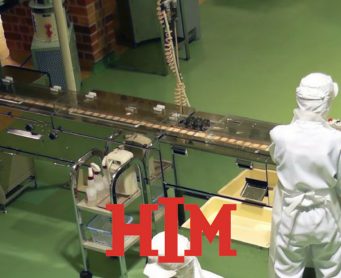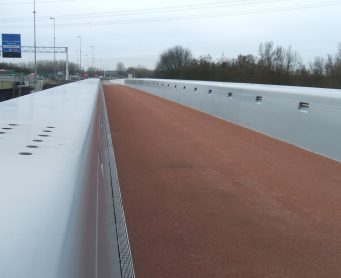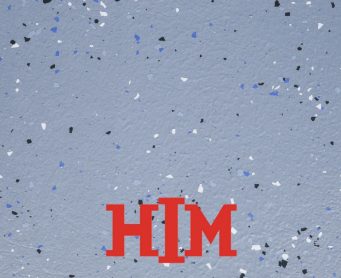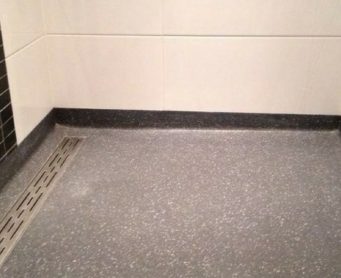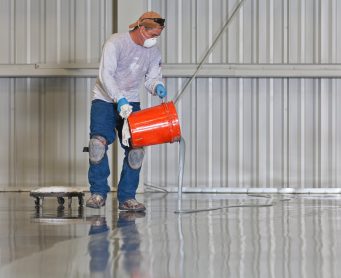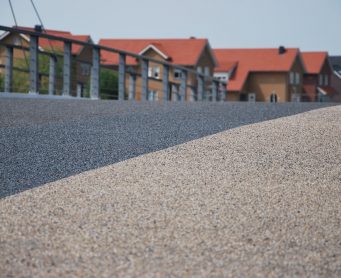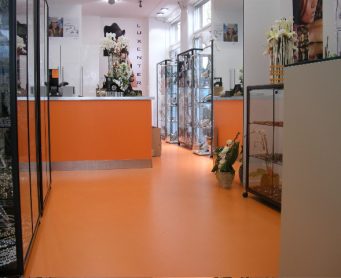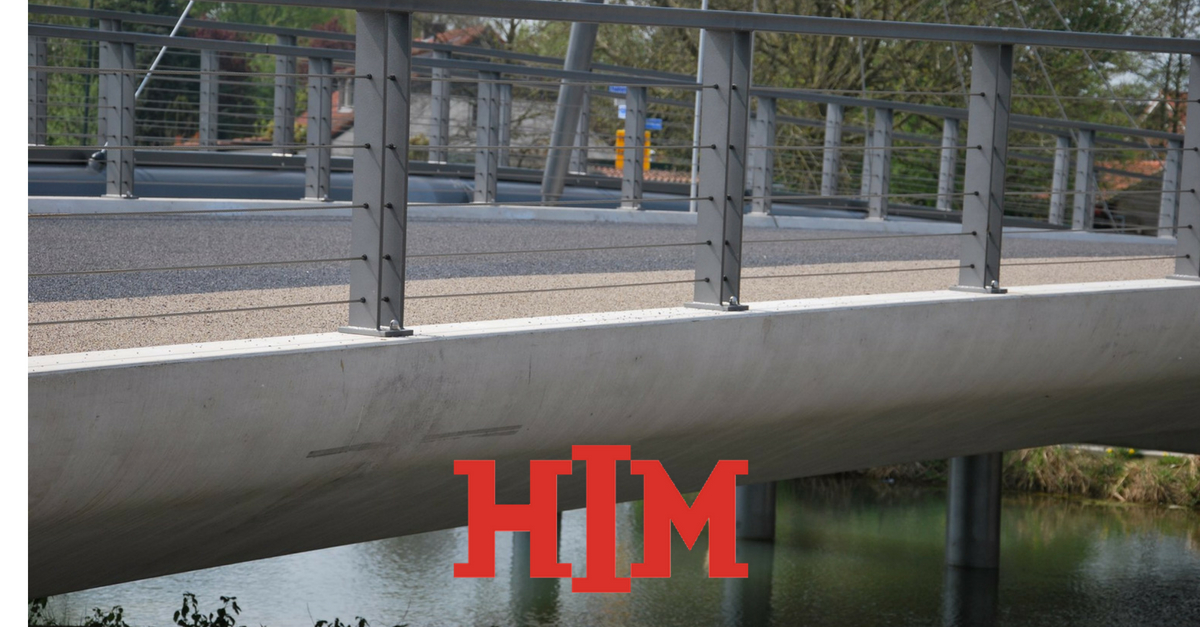
The costs and benefits of wearing courses differ per application. For example, wearing courses are relatively more expensive than asphalt. After all, the material cost of asphalt is low; virtually all of the Dutch road network has been paved for that reason. Bridges and other spans, on the other hand, require light weight solutions with anti-slip properties, in which wearing courses provide much better.
The raw materials for asphalt are a by-product in the refining process from crude oil to fuel. The production costs of asphalt are therefore low. It is therefore not surprising that virtually the entire Dutch road system is paved. In order to keep costs manageable, wearing courses are not an option there.
Where asphalt mainly lends itself to use on roads, wearing courses have many other unique applications. Wearing courses are mainly applied to:
Where anti-slip properties are a requirement, wearing courses provide the solution.
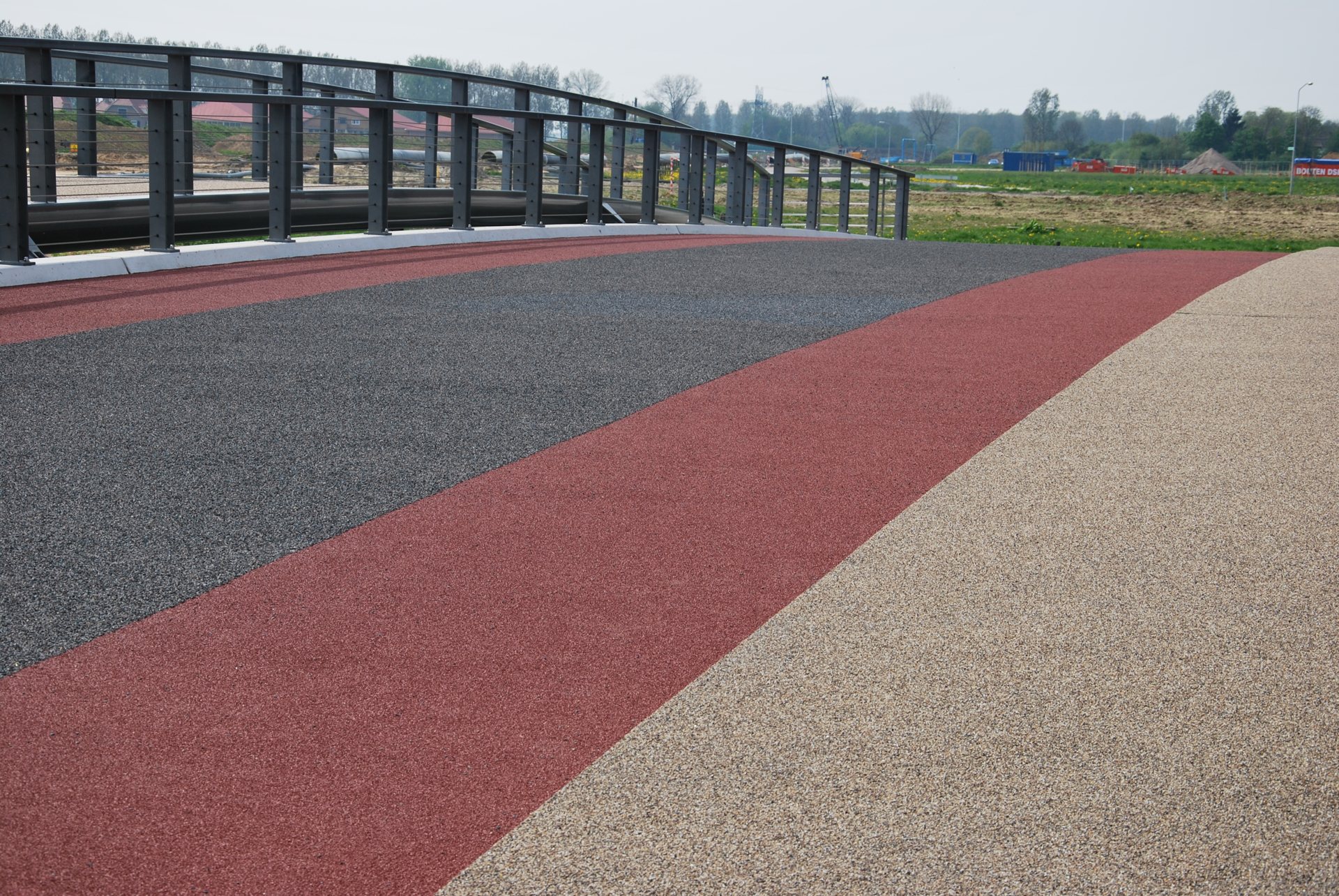
An important advantage of wearing courses compared to asphalt is the weight saving. This is particularly important in the case of movable bridges and other spans, because the mechanical parts are thus less stressed and therefore wear out less quickly.
“In the case of viaducts and concrete arch bridges, the choice is often made to continue the asphalt, but for all movable bridges only wearing courses have been used for a long time.”
Asphalt has a layer thickness of about 10 cm. The layer thickness of a wearing course including the anti-slip aggregate is only 7-10 mm. That has a big impact on the weight. The weight increase using asphalt is high with approximately 250 kg per m2. When applying a wearing course the weight increase is 15-18 kg per m2. On a bridge deck of 100 m2 this is 25,000 kg for asphalting, compared with 1,500-1,800 kg in the case of a wearing course.
Check our advisory tool (Dutch)
Strict requirements apply wearing courses in relation with road safety, the adhesion of the system to the underlay and the environmental-technical implementation of the system:
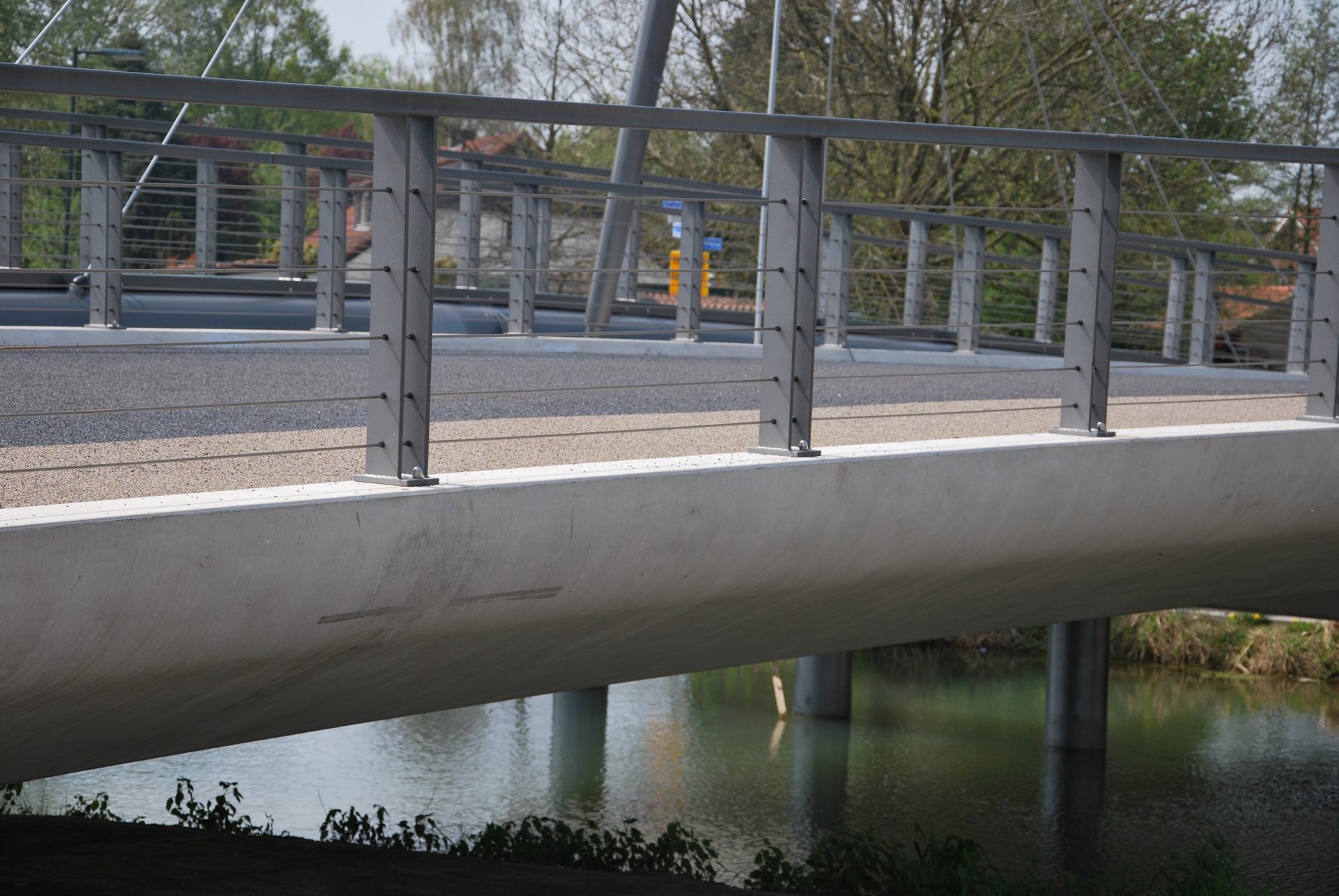
The cost of applying wearing courses depends on the type of substrate and the size of the surface to be treated. Therefore, the cost differs per situation.
The total cost consists of the material cost of primer, wearing course and aggregate, as well as the labor cost for the pre-treatment of the substrate and the application of the various layers.
Construction companies can save a complete work cycle with Himgrip NT. That pays off. In this way, the road and bridge deck can also be used again more quickly. This is very practical because it minimizes traffic nuisance.
Compare the maintenance of road or bridge decks with that of wooden frames. If you do not paint window frames regularly, you run the risk of wood rot. Eventually you will then have to replace the frame in its entirety. This is no different with wearing courses. In this way, the subsurface remains optimally protected against numerous external influences.
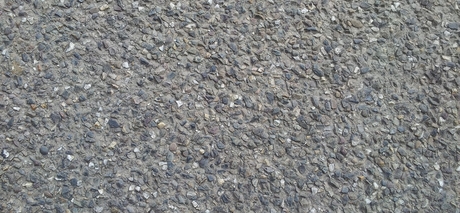
Himgrip NT stands for extremely strong, wear-resistant, lightweight and anti-slip wearing courses, which are suitable for applications on concrete, steel, wood and composite substrates. Himgrip NT can be used for the heaviest traffic classes. This way HIM creates a safe surface for traffic and pedestrians. The wearing courses protect optimally.
HIM (Korthals Group) is BRL K19143 certified for supplying wear layers.
Want to know how we can make your surface future proof again and curious about our prices? We are happy to help you.
For more information, call +31 (0) 251-276300 or send a message via our contact page.
Check our advisory tool (Dutch)
Publicatiedatum: 2018-06-26
Categorie: News
